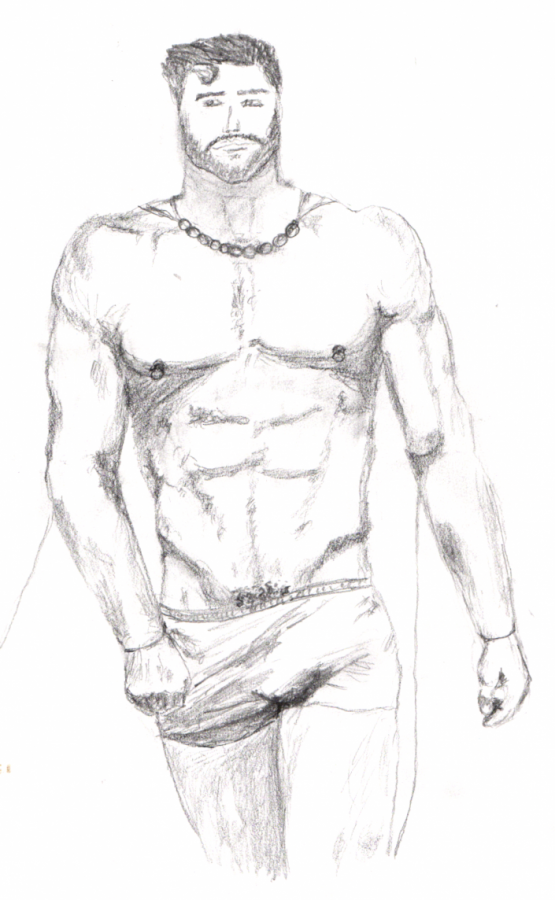Hollywood lacks gay superhero
May 16, 2018
There’s something about the banality of superhero movies that I’ve never liked.
Kitsch alter egos embedded within the typical action-packed scenarios have, for decades, created a genre that’s fueled America’s obsession with the hero and villain story arc.
But after watching Marvel’s “Avengers: Infinity War” this past week, I discovered that my disconnect with the franchise isn’t due to the production value but due to the superheroes themselves.
Since the dawn of the famed mask and cape characters that began gracing the pages of comic books in the late 1930s, their lifestyles and back stories have all followed a similar path.
Captain America, Doctor Strange, Batman and even Superman have all starred in their own motion pictures that didn’t deviate from the cookie-cutter storyline of hetero-masculinity and damsel-in-distress romance.
Staying true to the creators’ roots, Hollywood adaptations of superhero movies follow the systematic status quo of Caucasian actors and heterosexuality, which is not a realistic depiction of society anymore.
It wasn’t until this year, with the release of Marvel’s Afrocentric “Black Panther,” that the true essence of what a superhero movie can do for a community was exposed.
Grossing nearly $1.1 billion since its February release, “Black Panther” breaks stereotypical norms becoming a role model as the first African-American superhero fighting for his oppressed people.
Although the comic book character debuted in 1966, it took Marvel five decades to bring “Black Panther” to the big screen, marking the 18th superhero film of its franchise.
But as those from the lesbian, gay, bisexual, transgender and questioning community continue their search for role models outside of pop divas and fashion designers, a superhero who shares the struggles but can save the world could be a much-needed backbone for a neglected community.
Contrary to popular belief, at least for those who aren’t comic book nerds, LGBTQ superheroes do exist.
First debuting in a 1979 edition of “X-Men,” Northstar was the first openly gay superhero in American comic books and the first openly gay character to be featured by Marvel comics.
Possessing the ability to travel at superhuman speeds, fly and project photonic energy blasts, Northstar’s back story centers on the struggles of adoption and him coming to terms with his mutated abilities.
Over the years and throughout many different versions of “X-Men,” Northstar has been portrayed as a closeted gay male. But in 1992 writer Scott Lobdell was given permission to properly expose his sexuality.
From then on Northstar found himself falling in love with Ice Man to subsequently marrying his husband in what is considered to be one of the first depictions of same-sex marriage in mainstream comics.
This type of representation, which breaks free from the stereotypical roles of “gay sidekick,” is long overdue.
But where is the movie?
For many, including myself, the normalization of the LGBTQ community throughout mainstream society has been filled with roadblocks of stepping stones.
Although strides have been made throughout many facets of life, the Hollywood movie scene still seems to be struggling to interpret the LGBTQ lifestyle in a positive light.
However Northstar is only one of many interesting LGBTQ superheroes who sadly have not had the opportunity to grow into notable on-screen obsessions.
The time has come for the world to see the LGBTQ community fight crime, save the world and fall in love without some sudden plot twist that turns everything into a joke.


